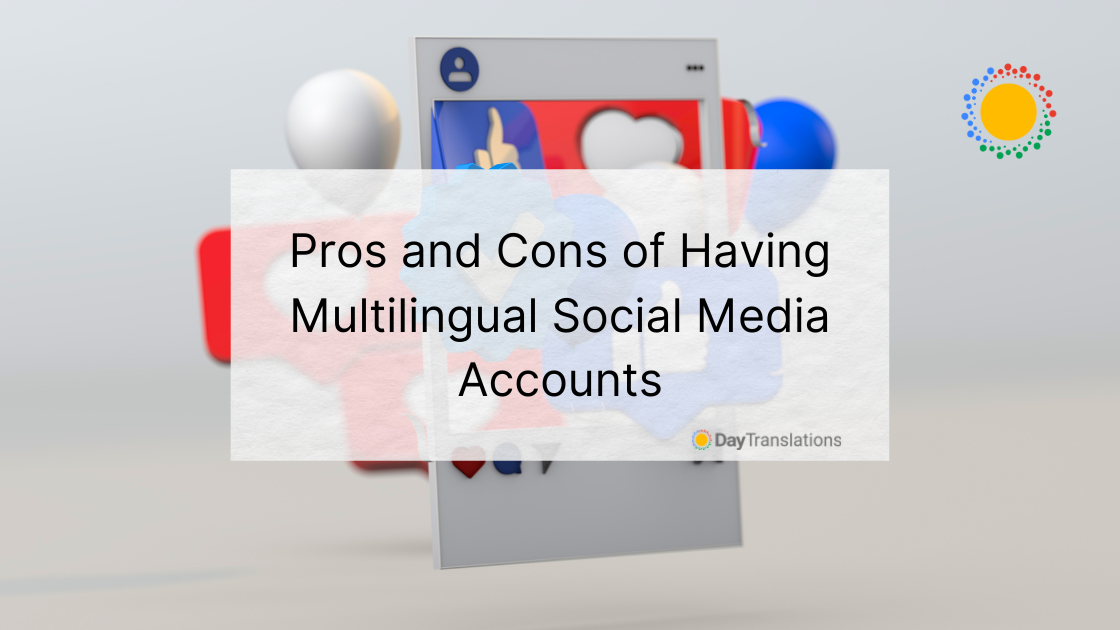There is an ongoing argument regarding the pros and cons of multilingual social media accounts. Those in favor rave about the benefits of split accounts into many different languages in order to cater to a global audience. The counter-argument is that there is no need to create separate accounts to accommodate the variety of languages spoken by the target audience. This question is especially relevant to brand marketing and promotion. We present the two sides of creating and maintaining multilingual accounts for those who are exploring the idea.
The Pros
When Internet users feel as if the people behind the brand being promoted are going out of their way to cater to their needs, they become encouraged and they pay attention to the brand being presented to them. Companies that do a lot of marketing or customer service using social media find out for themselves that people do appreciate the extra effort of easing communications. This makes them willing to interact with the site and maintain connections.
These days, culture-specific messaging is the way to go. There are sub-cultures that use particular slang terms and have preferred ways of doing things. A social media platform that offers these while providing information to users in their mother tongue has the capability to address cultural needs effectively.
Managing multilingual or multi-account websites has been made easier by innovative tools such as multiple log-ins and feeds that make it easier for site owners to maintain split accounts. Nevertheless, more resources are required and site owners have to be up to the challenge of fulfilling all the requirements.With that, we move on to the disadvantages.
The Cons
Obviously, the primary disadvantage to having multilingual accounts is the increased cost. There is a need to hire staff writers who are not only proficient in the language but who can also write creative and relevant content. There are other things to think about such as who will manage the content and reply to inquiries and comments. There might be a need to hire a translation service. Aside from writers and translators, it would be essential to bring in staff that will manage “off-hours” since there will be new time zones involved if many foreign languages will be opened up.
There is another disadvantage that has been pointed out by observers. A brand with a split social media account will have difficulty consolidating its fan base since followers are split up as well. The Facebook likes will be distributed and competitors maintaining just one site will have no trouble saying that they have more followers based on the number of “likes.”
The benefits of social media are undeniable and thus, the cons presented here are not meant to discourage people from embarking on creating multilingual social media accounts. The additional requirements may cost more than the original budget, but risk-taking may pay off in the end. Some companies have integrated their Twitter accounts with a translation service and gotten desired results. It may be intimidating at first, but with the right attitude, ample resources, and the right people, maintaining split accounts could increase brand promotion and lead to good return of investment.












Sorry, the comment form is closed at this time.